City of Darwin Council tries to cool Darwin as global temperatures rise
Global warming is a major problem and Darwin’s temperature is rising. Council’s response to cool Darwin has been to be plant more trees (increase canopy cover) and reduce surface temperatures, it’s called the Greening Darwin Strategy
The destruction at Lee Point goes completely against what the Council is trying to achieve. Muirhead is already a hot place and this leaves residents worse off: CSIRO Research
Removing thousands of trees (carbon sinks) from Lee Point and having defence personnel drive 60-100 min extra each week from Lee Point to the defence bases near the Stuart Highway will increase CO2 emissions. This is at odds with the Australian and NT Government commitment to achieve net zero emissions by 2050. There are much better housing locations available that will result in lower emissions and reduce travel times. The NT Government has committed to take action on climate change. Planning Minister (Eva Lawler) has the power to stop the land clearing works at Lee Point, see FAQ at www.saveleepoint.org.au
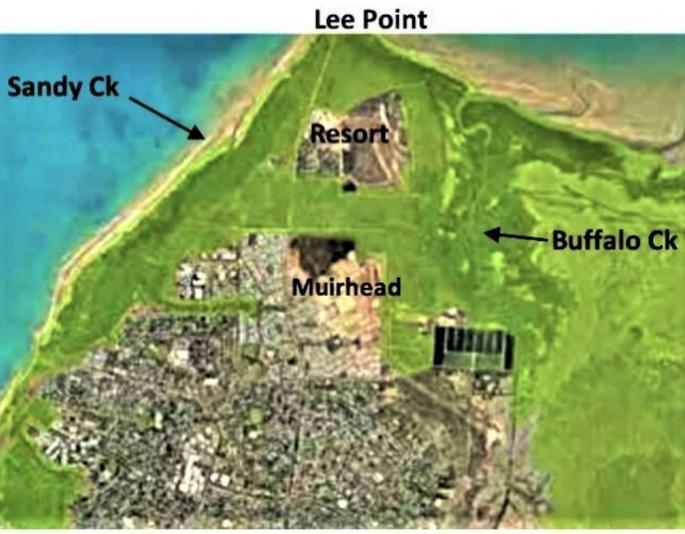
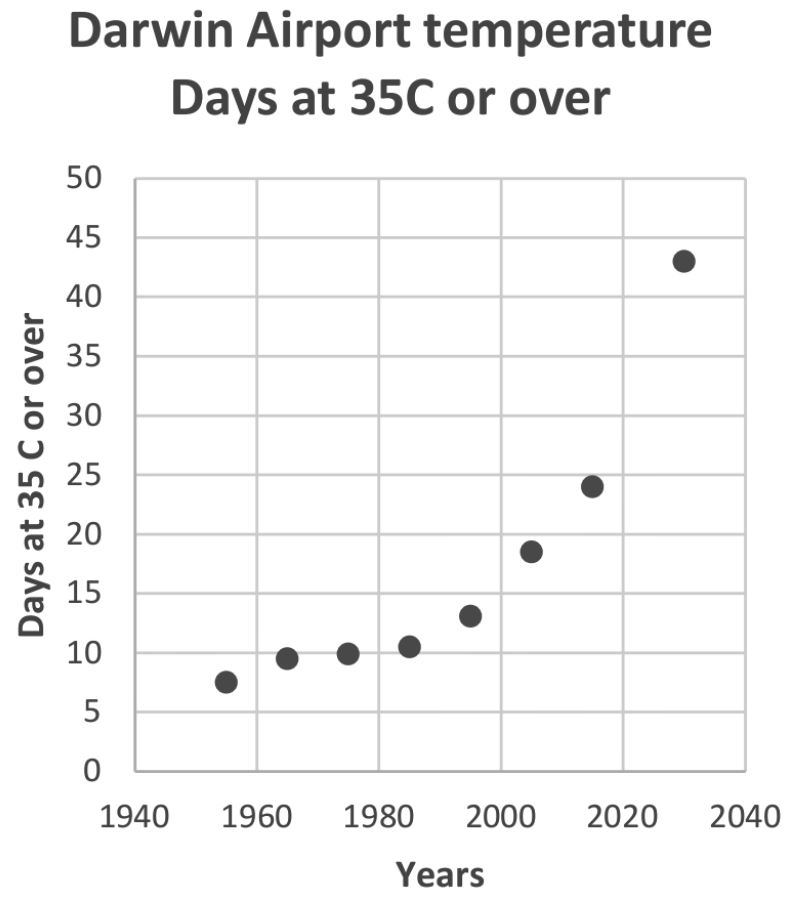
Destruction of old trees and cycads at Lee Point causes public outrage
Darwin residents were outraged to see the senseless destruction of some of the last intact tropical habitat in Darwin. This included loss of old growth eucalypt trees and Darwin Cycads that were probably hundreds of years old.
People in Darwin get to see a high variety of wildlife in their backyards because of nearby intact tropical habitat (like Lee Point). This habitat provides natural food that is not always available in the suburbs. Wildlife such as Red-Tailed Black Cockatoos, Red Winged Parrots and the (endangered) Black Footed Tree Rat rely on old growth trees to nest in.
To establish an intact tropical habitat with a high biodiversity takes thousands of years.
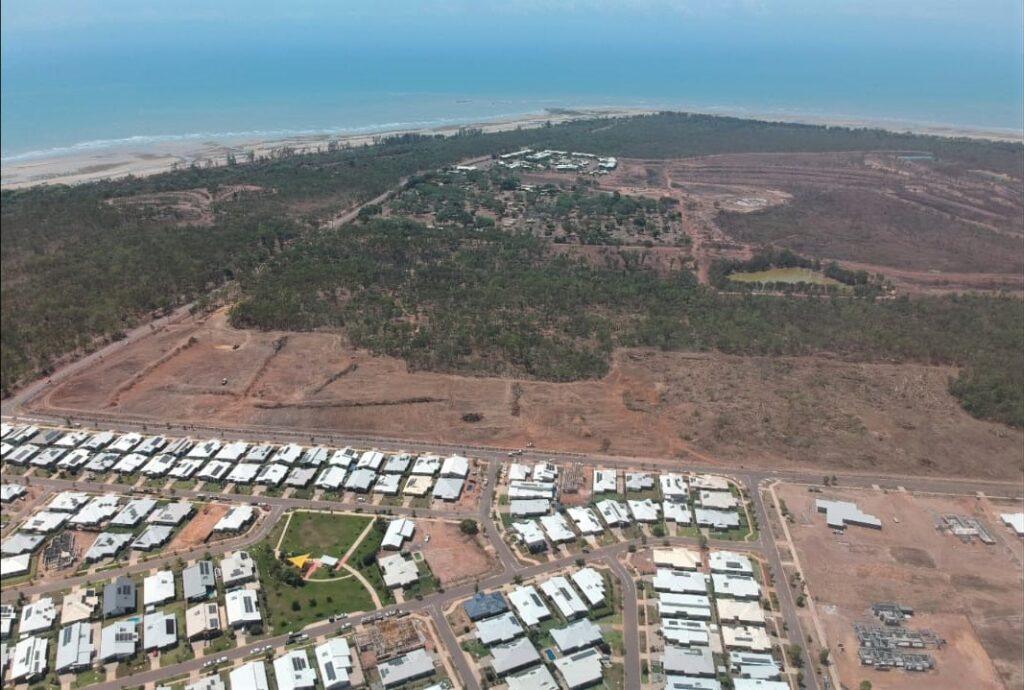
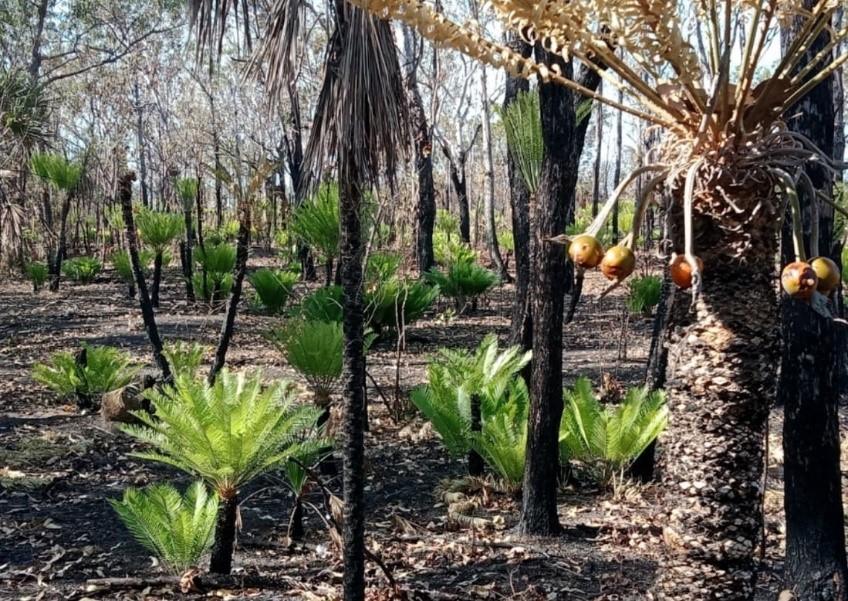
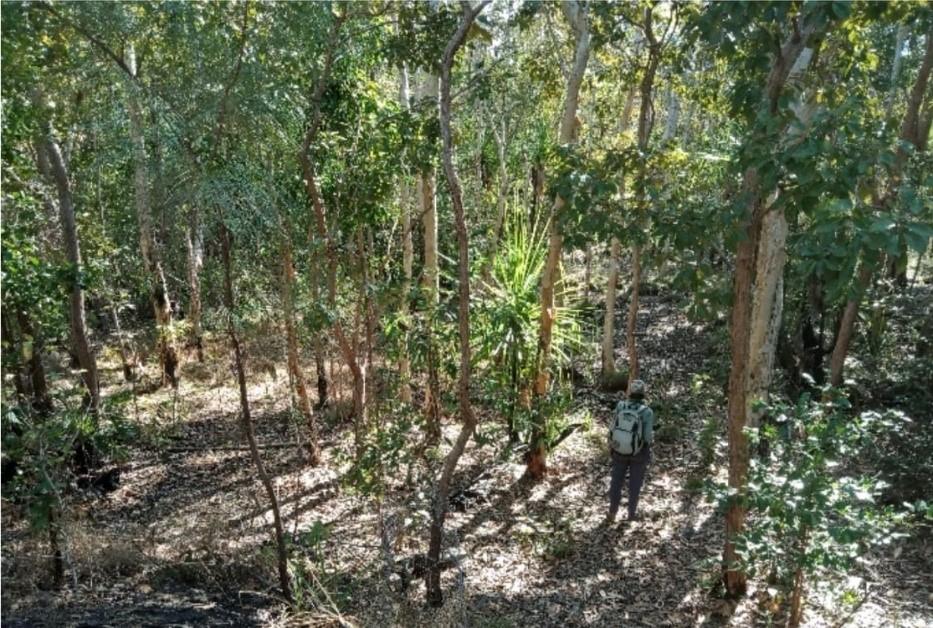
SUPPORT FOR SAVE LEE POINT
City of Dawin council votes YES to Save Lee Point on 12 October
The council voted overwhelmingly in favour (11 to 1) on the Save Lee Point Motion. Aldermen Rebecca Want De Rowe moved the motion and Justine Glover seconded it.
The Save Lee Point motion asks the Planning Minister to put a moratorium on the current development of Lee Point until the NT Planning Commission, an independent authority, has developed a comprehensive area plan for the whole of Lee Point as it has done for other published area plans such as the Central Palmerston Area plan and the Humpy Doo Rural Activity Centre Master Plan.

Raintree Park Rally – 10am Saturday 23 October
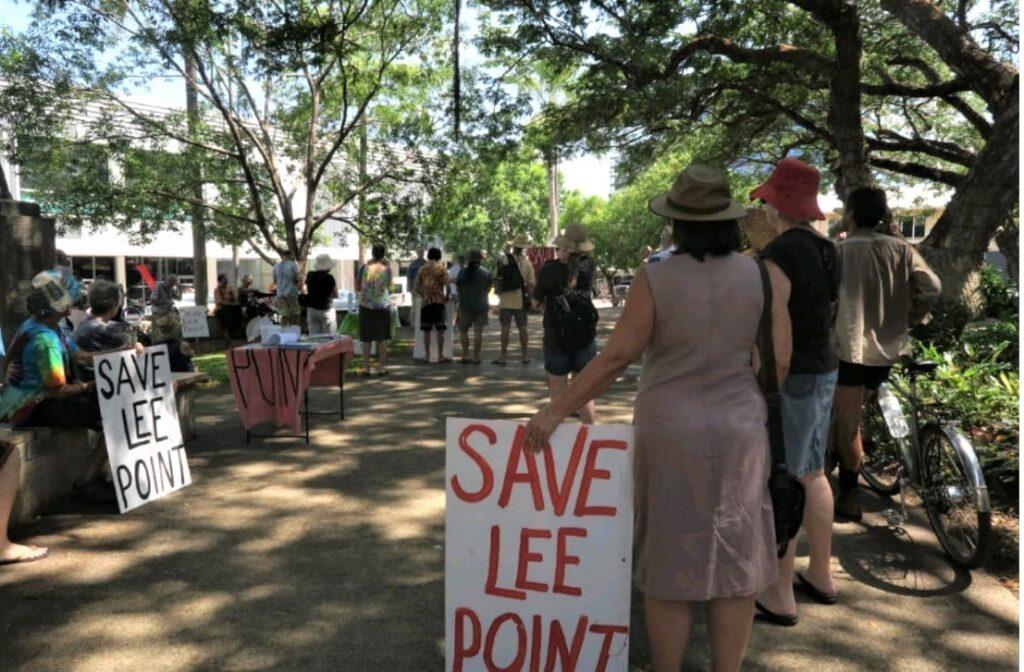
FLP speakers (David Percival, Kasey Hansen, Ian Redmond) said there was very limited consultation with the community on the Lee Point Area Plan and limited awareness on the scope and impacts of housing thousands of people at Lee Point. Darwin’s future would be affected: Lee Point Area Plan is harming Darwin’s Future.
Lee Point Trivia
Q1. Australia has recorded 17 species of finches. How many species of finches have been recorded at Lee Point? Answers at end.
A. 3 B. 5 C. 7 D.10
Masked Finch (Poephila personata)
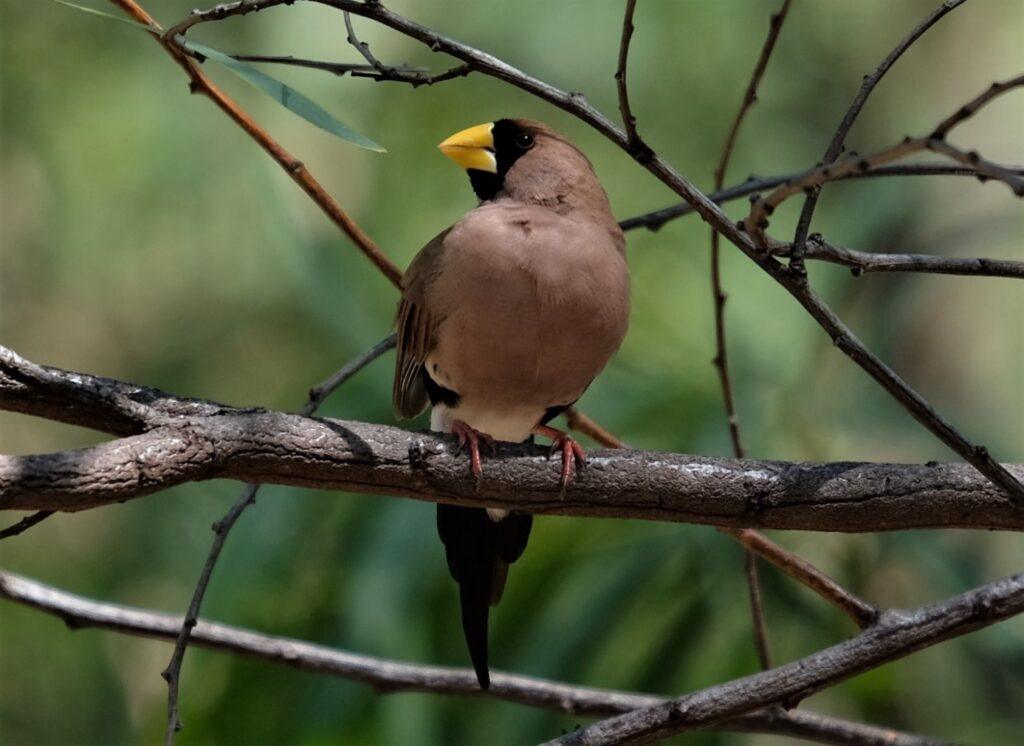
The Masked Finch feeds on grass seeds and likes to be near water. This finch is uncommon in the Darwin region; however, it has been regularly seen in parts of Lee Point. Lee Point dam and surrounds is a good place to see them and they have nested in this area
Until next time, enjoy Lee Point
Answer Q1 – C. The (7) recorded finches at Lee Point, commonest ones first are: Crimson, Double Barred, Chestnut Breasted Mannikan, Long Tailed and Masked Finch. The Yellow Rumped Mannikan and Gouldian Finches are much less common.